1. Invention of Heat Engine.
2. Invention of Diesel Engen.
3. History of wheel.
4. The Cungnot 1st steam car 1672.
5. Benz first patent car.
6. Benz Motorwagen Animation.
7. Anatomy of car.
1. Invention of Heat Engine.
2. Invention of Diesel Engen.
3. History of wheel.
4. The Cungnot 1st steam car 1672.
5. Benz first patent car.
6. Benz Motorwagen Animation.
7. Anatomy of car.

.jpeg)
The official global website of Toyota is,
Toyota Motor Corporation commonly known as simply Toyota is a Japanese multinational automotive manufacturer headquartered in Toyota City, Aichi, Japan. It was founded by Kiichiro Toyoda and incorporated on August 28, 1937. Toyota is one of the largest automobile manufacturers in the world, producing about 10 million vehicles per year.
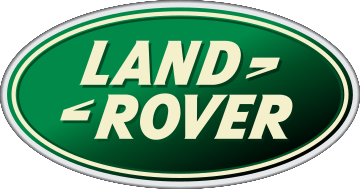

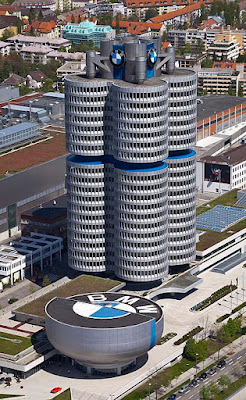
The official website of BMW is,
The official website of BMW group is,
The BMW name stands for Bayerische Motoren Werke GmbH. BMW was created in 1917 from the Munich firm Rapp-Motorenwerke. The company was incorporated into Knorr-Bremse AG in 1920 before being refounded as BMW AG in 1922. It was the successor of Bayerische Flugzeugwerke AG, founded in 1916. 1916 is therefore considered BMW’s founding year.
As well as BMW producing their own vehicles, BMW owns and produce Mini's and Rolls Royce's, but also they design interiors for trains and aeroplanes. BMW's headquarters is locked in Munich, and they produce motor vehicles in Germany, the United Kingdom, the United States, Mexico, Brazil, China, India and South Africa.
“Bimmer,” “beamer” and “beemer” are all common nicknames for BMW vehicles.
Beamer name comes from BMW sports motorscyle which launch in 1960 and famous all our the world in 1970 and this name got so popularity which alwase famous for BMW car as well.
The name has now been embraced by car fans around the world, even in Germany.
Simply The nickname “bimmer” for BMW cars originated in the US. It was derived from “beemer” or “beamer,” names for BMW motorcycles that were first coined in the UK in the 1960s and later spread across the globe.

.webp)
this name got so popularity which also famous for BMW car as well.
The name has now been embraced by car fans around the world, even in Germany.
Chinese call a BMW a precious horse
In the 1990s, “bimmer” was joined by another nickname for BMW automobiles in China: “bao-ma” (bao rhymes with cow). Translated literally, this sobriquet means precious horse.
The acronym BMW stands for Bayerische Motoren Werke GmbH, which roughly translates to the Bavarian Engine Works Company. The name harks back to the company’s origin in the German state of Bavaria. It also indicates BMW's original product range: engines for various applications.
Today's BMW AG has its origin in Rapp-Motorenwerke GmbH, which began producing aircraft engines in 1913. During the First World War, Rapp supplied the air force of the German Empire. At that time, automobiles had not yet broken through into the mainstream. If you wanted to travel long distances on land, you went by train.
Rapp Motorenwerke had its headquarters in the Bavarian capital, Munich – as did the factory where the engines were fitted into the aircrafts, Gustav Otto Flugmaschinenfabrik. When the Otto company went bankrupt in 1916, it became Bayerische Flugzeugwerke AG (BFW). Shortly afterwards, Rapp also changed its company name: In 1917, the company became known as Bayerische Motoren Werke GmbH. BMW’s origin in the Rapp company can also be seen on the logo.

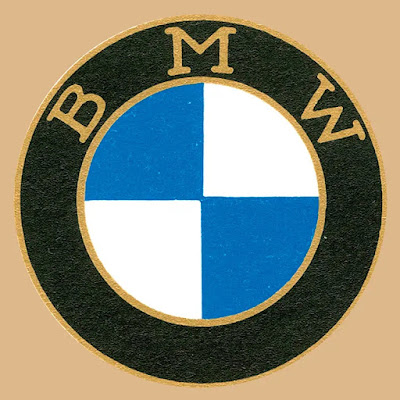
In August 1918, Bayerische Motoren Werke GmbH became a stock corporation. But the end of the First World War brought a halt to the construction of aircraft engines, as the Treaty of Versailles forbade Germany from building them. So BMW shifted its focus to railway brakes and built-in motors. This was so successful that the Berlin-based brakes company Knorr-Bremse AG took majority ownership of BMW in 1920, integrated the company and relocated to Munich. Bayerische Motoren Werke GmbH as an independent company disappeared temporarily from the scene – albeit not for long.
.webp)
BMW AG in 1970S. Munich, Germany.
In 1922, the major investor and aircraft construction pioneer Camillo Castiglioni was the main shareholder of Knorr-Bremse AG. He bought the BMW company name and took over engine construction operations, along with the employees, production facilities and company logo, and transferred everything to BFW, Bayerische Flugzeugwerke AG.
In the same year, the company moved into BFW’s factory buildings in Lerchenauer Strasse and changed its name to Bayerische Motoren Werke AG. And that’s how the BMW name found its way into the commercial register for a second time.
All this means that BMW AG is the legal successor of BFW. The corporate headquarters and parent plant of the BMW Group are still located at the former BFW site in Milbertshofen, Munich to this day. And there’s something else the aircraft manufacturers bequeathed to BMW AG, too: BFW’s founding date of March 7, 1916 is considered to be BMW’s official birthday.
BMW was first founded all the way back in 1916 by Camillo Castiglioni, Franz Josef Popp and Karl Rapp. Their first product was aircraft engines for use in World War I.

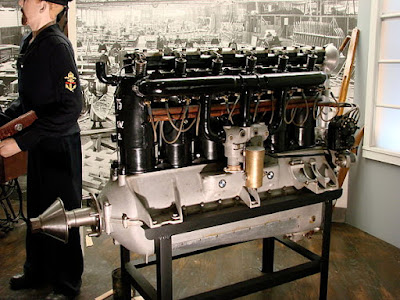
However, since German companies were banned from making planes and engines after World War I, they were forced to try something new. They then started to manufacture motorcycles, with their first motorcycle being the BMW R 32 in 1923.
BMW became an automobile manufacturer in 1928 when it purchased Fahrzeugfabrik Eisenach, which, at the time, built Austin Sevens under licence under the Dixi marque.
Their first car was a Dixi, rebadged and called a BMW 3/15, which went on sale in 1929.
.jpeg)
.jpeg)

Throughout the 1930's, BMW started to broaden their horizons, and started to manufacture sports cars and luxury cars.
The kidney grille evolution started in 1933, with the launch of the BMW 303. The 303 represents 2 milestones: it was the 1st vehicle to have a radiator grille, with the characteristic kidney shape; and it was BMW's 1st 6-cylinder model.


BMW managed to create the world's fastest motorcycle in 1937 - it could reach a top speed of 173.7mph which makes the record at that time.
.jpeg)
After world war ll Due to a lack of sales, BMW almost went bankrupt in 1959, where their rival, Mercedes-Benz, tried to takeover! But, a large investment from private investors allowed the company to survive.
BMW and Lamborghini agreed to make a race car in the 1970's, but Lamborghini pulled out so BMW ended up making the M1 instead - BMW's first 'M' car.
The ultimate driving machine has established M as the most powerful letter in the world. The roots of this legacy extends further back than what most might realise.
Founded in 1972 with just 35 employees, the BMW M division has since pursued its goal of creating the world's best sports car with relentless passion.
Two years later, BMW introducted their first electric car. However, performance was very lacking, and the battery would only last 20 minutes.
.jpeg)
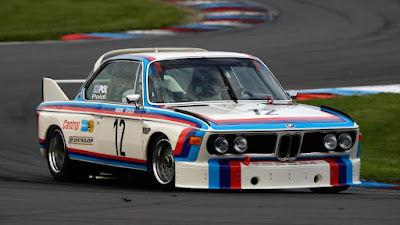
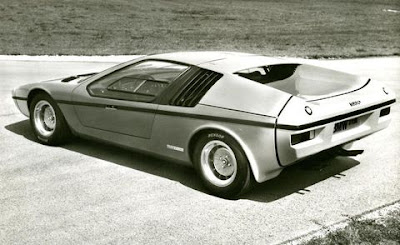

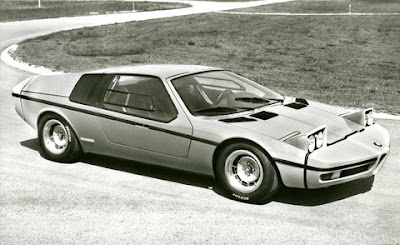
Production of M series are still continue successfully with different designs and shape vartaions like sedan, coup and convertible etc.
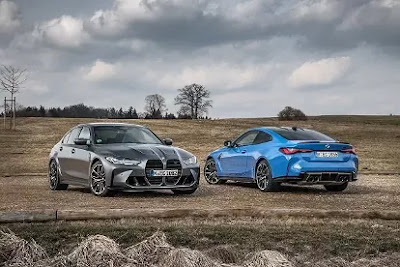
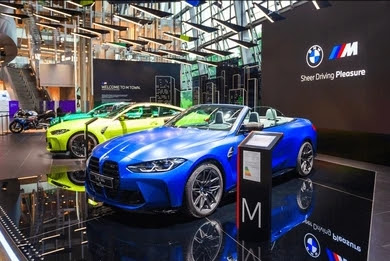
Read on to trace the remarkable course of history M has traversed up till today.


.jpg)
%20(1).jpg)
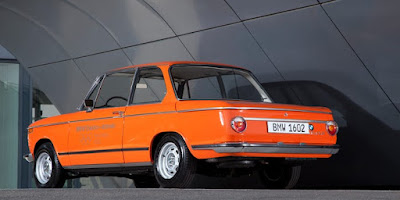

.jpeg)
.jpeg)
.jpeg)
.png)

The official website of Volkswagen is,
www.volkswagen.com in German .
The official website of Volkswagen group is,
Volkswagen Group, also called Volkswagen AG, major German automobile manufacturer, founded by the German government in 1937 to mass-produce a low-priced “people’s car.” Headquarters are in Wolfsburg, Germany.
.jpeg)
The official website of Volvo is,
The official website of volvo group is,
Volvo trademark was used by two separate companies: Volvo Group – a manufacturer of trucks, buses and construction equipment (among others) owned by Swedish interests.
Which sold their Volvo car corporation unit to the Ford company.
Volvo Car Corporation was under the ownership of Ford until 2010 when it was sold to Geely Automobile of China which owns over 15 other vehicle makers.
The Volvo Group (Swedish: Volvokoncernen; legally Aktiebolaget Volvo, shortened to AB Volvo, stylized as VOLVO) is a Swedish multinational manufacturing corporation headquartered in Gothenburg. While its core activity is the production, distribution and sale of trucks, buses and construction equipment, Volvo also supplies marine and industrial drive systems and financial services. In 2016, it was the world's second-largest manufacturer of heavy-duty trucks with its subsidiary Volvo Trucks.
Automobile manufacturer Volvo Cars unit, also based in Gothenburg, was part of AB Volvo until 1999, when it was sold to the Ford Motor Company. Since 2010 Volvo Cars has been owned by the automotive company Geely Holding Group. Both AB Volvo and Volvo Cars share the Volvo logo and cooperate in running the Volvo Museum in Sweden.
The brand name Volvo was originally registered as a trademark in May 1911 with the intention to be used for a new series of SKF ball bearings. It means "I roll" in Latin, conjugated from "volvere". The idea was short-lived, and SKF decided to simply use its initials as the trademark for all its bearing products.

In 1924, Assar Gabrielsson, an SKF sales manager, and Gustav Larson, a KTH educated engineer, decided to start construction of a Swedish car. They intended to build cars that could withstand the rigors of the country's rough roads and cold temperatures.
AB Volvo began activities on 10 August 1926. After one year of preparations involving the production of ten prototypes, the firm was ready to commence the car-manufacturing business within the SKF group. The Volvo Group itself considers it started in 1927, when the first car, a Volvo ÖV 4, rolled off the production line at the factory in Hisingen, Gothenburg.
On the morning of 14 April 1927, the first Volvo car drove out through the factory gates in Gothenburg on the west coast of Sweden. The car was officially called the ÖV4 and it was an open tourer with a four-cylinder engine. The world's first Volvo was ready to hit the road.
Only 280 cars were built that year.
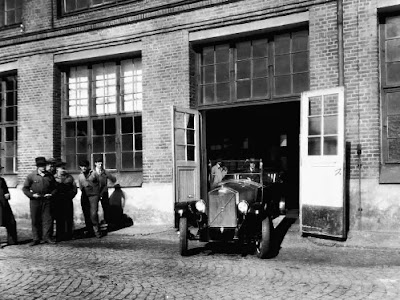
The first truck, the "Series 1", debuted in January 1928, as an immediate success and attracted attention outside the country. In 1930, Volvo sold 639 cars, and the export of trucks to Europe started soon after; the cars did not become well known outside Sweden until after World War II.
.jpeg)
AB Volvo was introduced at the Stockholm Stock Exchange in 1935 and SKF then decided to sell its shares in the company. By 1942, Volvo acquired the Swedish precision engineering company Svenska Flygmotor (later renamed as Volvo Aero).
Pentaverken, which had manufactured engines for Volvo, was acquired in 1935, providing a secure supply of engines and entry into the marine engine market.
The first bus, named B1, was launched in 1934, and aircraft engines were added to the growing range of products at the beginning of the 1940s.

Volvo was also responsible for producing the Stridsvagn m/42 m during the second World war cars production slowed.
Stridsvagn m/42 (Strv m/42) was a Swedish medium tank in service in the World War II period. Known by its manufacturer AB Landsverk as Lago II-III-IV, it fielded a 75 mm L/31 gun, the first of its size in a Swedish tank. It entered service with the Swedish Army in April 1943. Modern in design and mobile, a total of 282 were produced.
.jpeg)
.jpeg)
.jpeg)

.jpeg)
.jpeg)
.jpeg)
.jpeg)
.jpeg)
.jpeg)
.jpeg)
.jpeg)
.jpeg)
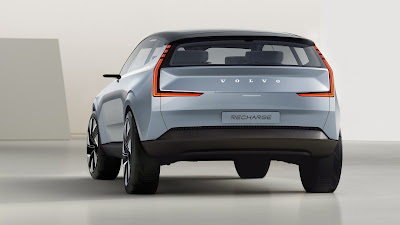
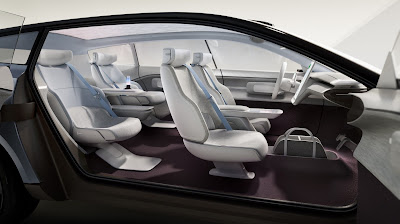
.jpeg)